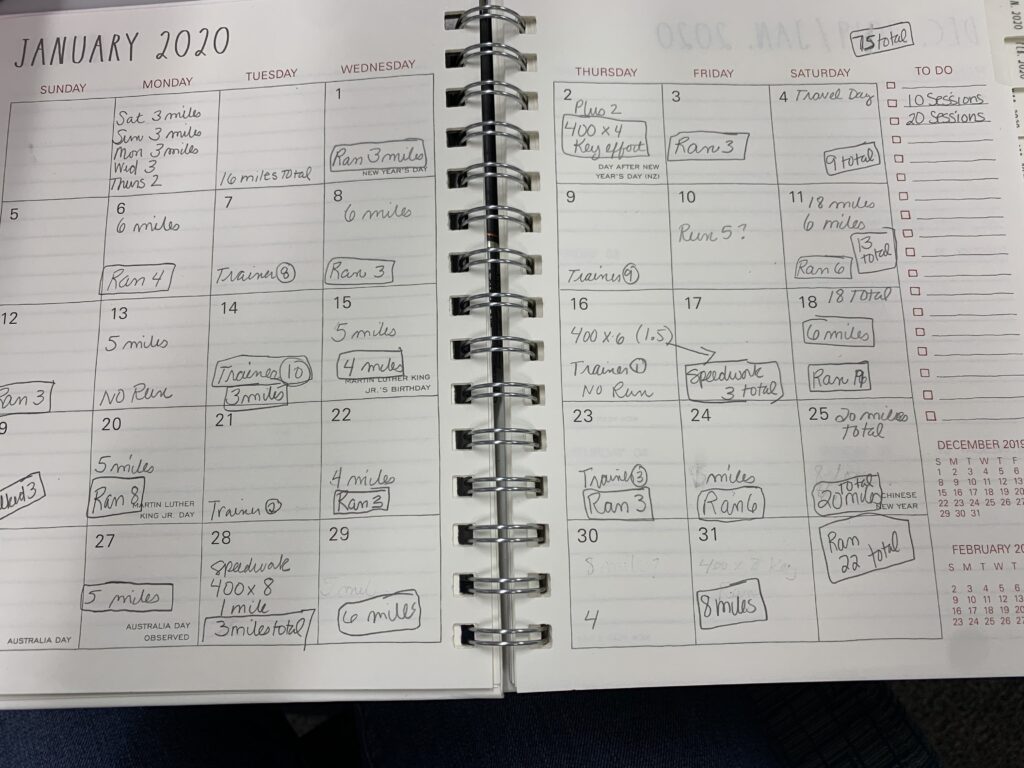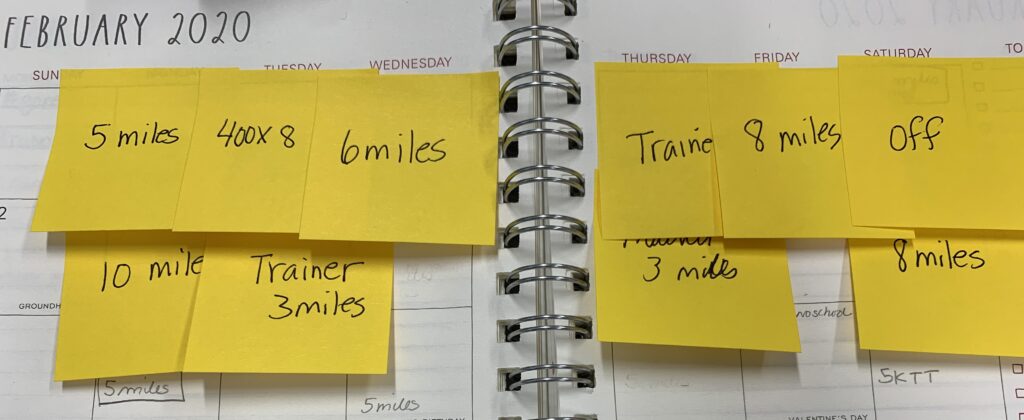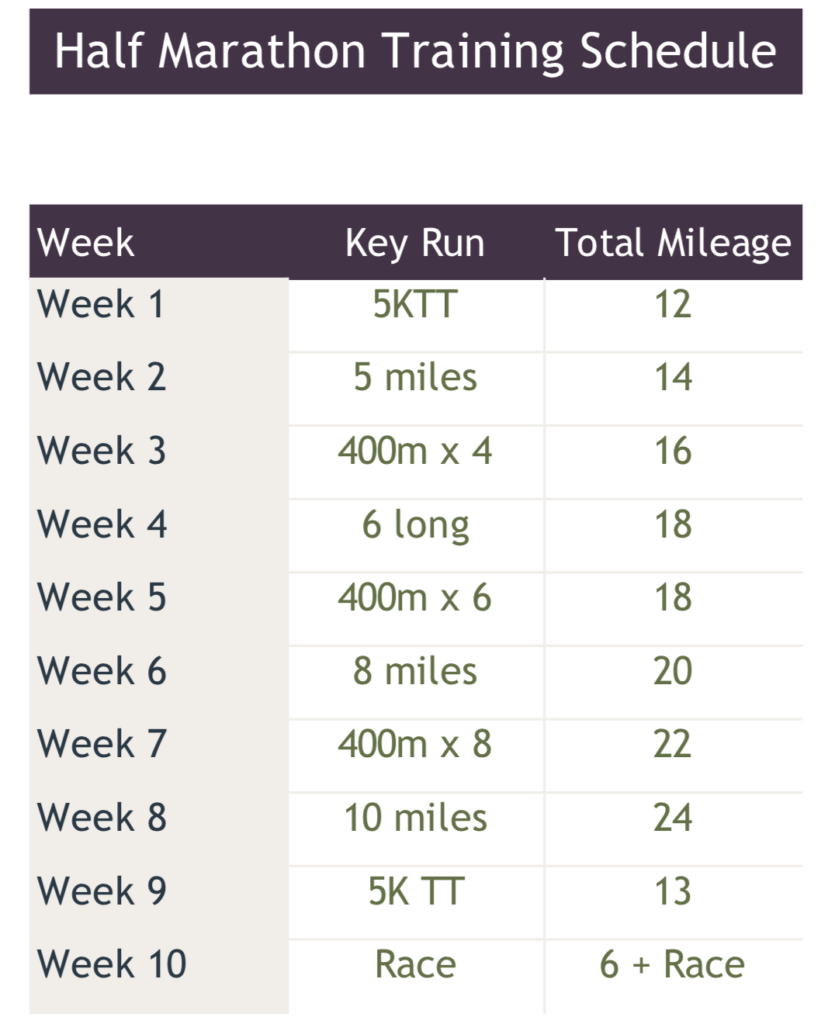Half Marathon Training that Works!
If you are anything like me you look to the internet for a craft, a review on a product, a recipe, etc. so it would make sense that when I was preparing to run my first half marathon that I would look to find a guide online. But I didn’t just want any plan I wanted a plan that I trusted and I could make work for my schedule. As a busy mom of two young boys there are only so many hours in the day. However, if I could “schedule” my runs/cross training then I knew I could get it done. I’m the kind of person that if it is on my calendar than it’s much more likely to get accomplished.

As I researched plans, I also learned so very much from my friend Suzy Goodwin, of Run-Lift-Mom Podcast about the minimal effective dose in training. What does this mean?? It’s means while training and cross training doing the most to effectively train while at the same time not overtaxing your body to prevent injuries. Much of what I am sharing I’ve gotten from her years of experience and have found it to truly work for me!!
At the time of this writing I’m about to complete my third half marathon training cycle. This was also my most complete training cycle and the one that I felt the best. It’s a combination of keeping to the mileage training schedule, cross training twice a week and taking a closer look at what I’m eating each day.
Let’s break it down. Each week has a KEY RUN. This is the run that the most important for the week. It could be a speed workout or a long run. We will get more into the specifics below. Each week also has TOTAL MILEAGE. You can make up the total mileage any way that works best for you. For example, let’s say the total mileage goal for the week is 20 miles and the key run is 8 miles. Once you’ve completed your key run you can make up the additional twelve miles any way that works for your schedule. Maybe it’s three -4 mile runs or two- 6 mile runs. You do you and what works best for you.
So before you get started you are going to want to get a wall calendar or a desk calendar. I happen to use a spiral bound planner that has a monthly, daily/weekly view and pencil. Why? Because I’m also using it as a journal as such to document how I’m feeling during the course of my running, as well as goals for each race etc. Why the pencil? Well, because life happens. I might think I’m going to run 5 miles on a Wednesday morning but really I only run 3 miles and then I need to adjust another run to make up the mileage. I would rather erase it and make it look pretty then have a bunch of cross out marks. The alternative to this is to use Post It notes to write in your projected runs for the week and move them around on your calendar as your week develops. Then you can write in on the calendar after you complete your run/cross training.
Here’s a look at what I mean:

So let’s break down the routine that I have been following. I look at my running week Monday through Saturday. In general, I try to get my key effort done at the beginning of the week so I know psychologically that I have it done! That’s not always the case because frequently Saturday is my long run day, so it entirely depends on the week. So I usually run on Monday, Wednesday, Friday or Saturday. On Tuesday and Thursday mornings for thirty minutes I work one-on-one with a trainer for weight and cross training. You’ll notice that above I don’t really commit to I run this on this day, that on that day. That’s the beauty of this plan. Once you complete your key run you make up the remaining mileage when it works best for you. Truly this is the only plan that I could add to my already full calendar. It gives me total control over getting my miles done when it works best for me. Take a look:

Why the sharp decline in miles from week 8 to week 9?? That period of time is known as a taper. It’s a chance for your muscles to heal after the course of the training cycle and for your body to rest. It’s also one of the hardest part of the training cycle for me. I’m so amped up and ready to go but I also know I need the rest.
Why add weight/cross training to the schedule?? To be an effective runner you need to build strength and muscles beyond those that you are using for running. Think core, gluts, hamstrings, etc. Here are my personal examples of how with training has helped me combined with the schedule above:
In preparation for my first “long” race a 12 mile run I had terrible hip pain in my right hip. It would feel mostly fine when I ran but would be extremely painful after a run and for the days following. I cut back on the miles and did not complete the outline training plan. The only time I felt relief was during the taper period. This hip pain continued through my next training cycle and again I had to cut back on miles before completing the full plan and the only time I had relief was during the taper period. My trainer determined my hamstrings were incredibly tight and this was causing the pain in my hip. Over the course of four months and into the start of a new training cycle he developed a serious of exercises and stretches to work on my hamstrings.
Guess what, this training cycle I made it all the way through. I had no need to cut back on miles and even better no hip pain. Combining the above training routine and weight training I’ve also seen a sharp decrease in my per mile time. As in nearly a minute a mile. Clearly, everyone will have different results and you should only do what you feel comfortable with and what is right for you but this plan has been working for me. I hope it will work for you too!
